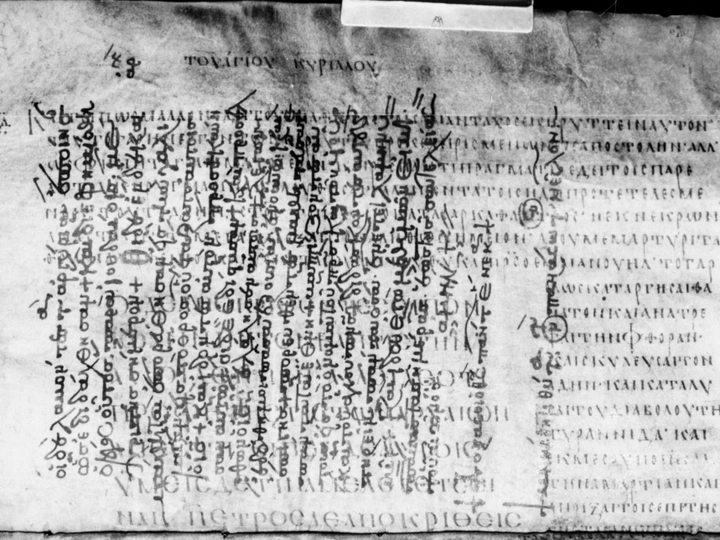Keywords for a New Architecture

Katherine Allen is a communications strategist and researcher working at the intersection of architecture, language, and spatial politics. Trained as an architect, she has spent the past decade working across leading international architecture studios and publications — including MVRDV, ArchDaily, 3XN GXN, Henning Larsen, and Metropolis Magazine — where she has led editorial strategy, institutional communications, and public engagement. Her work spans exhibitions, books, and critical writing, including writing the Henning Larsen monograph "It Begins with Curiosity" and co-editing Aware: Reflections on the Agency of Architecture, published by the Danish Architectural Press.
With a background in architecture, urbanism, and editorial practice, her work blends discursive analysis with public communication. She is particularly interested in how architecture legitimises itself through language — and how that language both reveals and conceals the political and ecological stakes of building today. Her practice is shaped by curiosity, care, and a commitment to making critical ideas both precise and public.
Keywords for a New Architecture is a critical investigation into the language that surrounds and increasingly shapes the built environment. As our awareness of ecological collapse - and architecture’s role in it - has deepened, the industry has learned to fluently speak the language of care. Terms like sustainability, community, and regeneration appear across industry media, yet rather than clarifying intent, these words often obscure it.
The hollowing out or overburdening of architectural language enables the industry to maintain a rhetorical posture of care while sidestepping the burden of meaningful reform and perpetuating growth-driven systems. This project identifies keywords central to this condition and traces their semantic and ideological drift, exploring when and how they entered architectural discourse, how their meanings have shifted, and what that drift reveals about the political role of language in design.
It also examines the narrative structures these words travel within. Architecture doesn’t just borrow terms from political discourse; it borrows storylines — redemptive redevelopments, circular economies, resilient recoveries. These stories shape which forms of responsibility are seen as meaningful, and which forms of growth are legitimised.
The project is grounded in both professional insight and personal estrangement. After a decade working in architectural communications (for studios, institutions, and publications) I’ve come to question the language I use to describe the built world.
While primarily a research-led inquiry, the project is imagined as a public-facing resource: potentially taking the form of a publication, exhibition, or interactive web platform. Its goal is to make meaning visible; to build a critical lexicon that is a political and linguistic tool for those seeking to understand the social, economic, and ideological forces shaping architecture today.